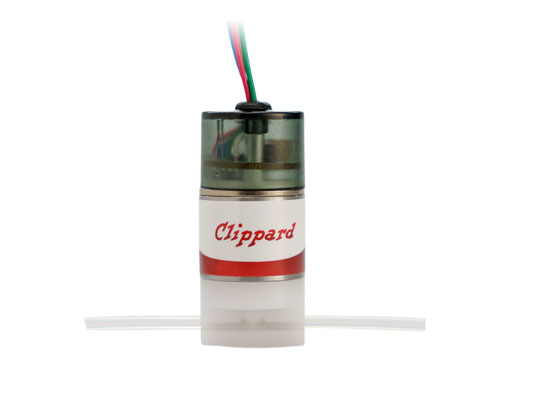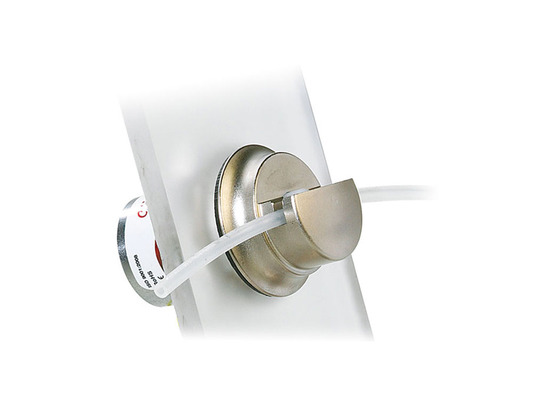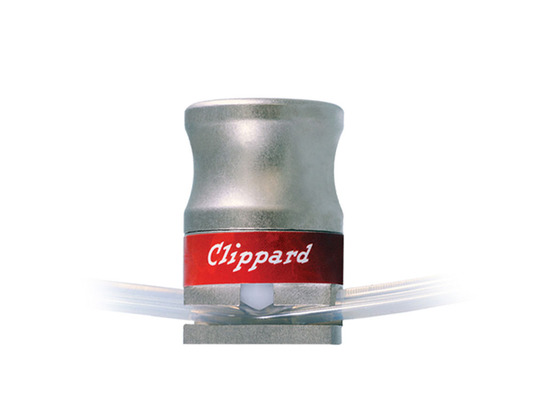6 Key Benefits of Pinch Valves
Pinch valves have become an essential component across many fluid-handling systems—from medical devices and analytical instruments to chemical processing and food production. Their simple but effective design offers a blend of cleanliness, precision, and durability that stands out among valve technologies. In this article, we will explore how pinch valves work, why they are valued for their isolation capabilities, and the six key benefits that make them a preferred choice: superior media isolation, low power consumption, long service life, flexible tubing options, zero dead volume, and unobstructed flow paths.
Video filmed at Clippard in Cincinnati, Ohio
Subscribe to Clippard's YouTube channel
1. Superior Isolation
One of the most significant advantages of a pinch valve is its exceptional isolation capability. With this type of valve, the only component that ever comes into contact with the fluid is the tubing itself. The valve mechanism never touches the media.
This design dramatically reduces fluid compatibility concerns—especially important in applications involving aggressive chemicals, biological samples, or sensitive reagents. Because the media is fully contained within the tubing, the valve’s body, actuator, and internal components remain protected, and the risk of cross-contamination is minimized.
2. Low Power Consumption
Clippard pinch valves are engineered with energy efficiency in mind. Their compact construction enables low power requirements—typically ranging from just 1 to 7 watts. For applications that require pneumatic operation or a completely non-electrical solution, air-piloted pinch valves are also available, enabling 100% pneumatic actuation.
This combination of low power consumption and high flow capability makes pinch valves particularly valuable in portable, battery-powered, or continuous-duty systems where energy efficiency is critical.
3. Long Life & High Cycle Performance
A well-designed pinch valve delivers excellent longevity, and Clippard pinch valves are built with high cycle life in mind. Because the fluid never interacts with the moving parts of the valve, wear is significantly reduced compared with traditional valve designs.
In addition, the tubing itself can be replaced as needed—a major advantage for systems that demand a sterile or consistently clean fluid path. This ability to refresh the wetted component without replacing the entire valve contributes to lower total cost of ownership and extended equipment life.
4. Flexible, Durable Tubing Options
PTubing plays an important role in overall pinch valve performance. Most pinch valves use soft, silicone-based tubing rated at 50–55 durometer. This material provides the ideal balance of flexibility and durability while offering excellent particulate tolerance and reliable actuation.
Every Clippard pinch valve ships with 12 inches of silicone tubing pre-installed, making it easy to integrate right out of the box. Users can also quickly swap the tubing to support sterile processing, chemical resistance, or application-specific flow requirements. When cleanliness or changeover speed is essential, this quick-tubing-replacement capability becomes especially valuable.
5. Zero Dead Volume
In many fluid-handling applications—especially in medical, laboratory, or analytical systems—dead volume is a critical concern. Dead volume refers to areas within a valve or flow path where fluid can become trapped, potentially degrading samples, altering measurements, or causing contamination over time.
Pinch valves eliminate this issue entirely. Because the tubing is the full flow path and remains smooth and continuous, pinch valves inherently provide zero dead volume. No pockets, cavities, or internal spaces exist where media can accumulate.
Finally, pinch valves offer an unobstructed flow path, allowing media to move smoothly through the tubing with minimal pressure drop. This uninterrupted internal geometry is especially important when handling delicate fluids, viscous media, or liquids containing particulates that could clog other valve types.
This smooth flow profile helps maintain process integrity and prevents disruptions that could affect flow rate consistency, sample quality, or system efficiency.
Every system is different, and pinch valves often need to be tailored to match application-specific tubing, flow requirements, or installation constraints. Clippard offers multiple sizes, shapes, and configurations—and can customize valves to operate with your specified tubing or meet unique design requirements.
Whether you are developing medical instrumentation, analytical equipment, or industrial automation, pinch valves deliver a versatile and highly reliable option for clean fluid control. Ready to get started? Contact Clippard today.
|
Related Products |
||||
Electronic Pinch Valves |
Hit & Hold Option  |
State Feedback Option |
Long Stroke Pinch Valve |
|
|
|
||||
Panel Mount Pinch Valves |
Pneumatic Pinch Valves |
|||





